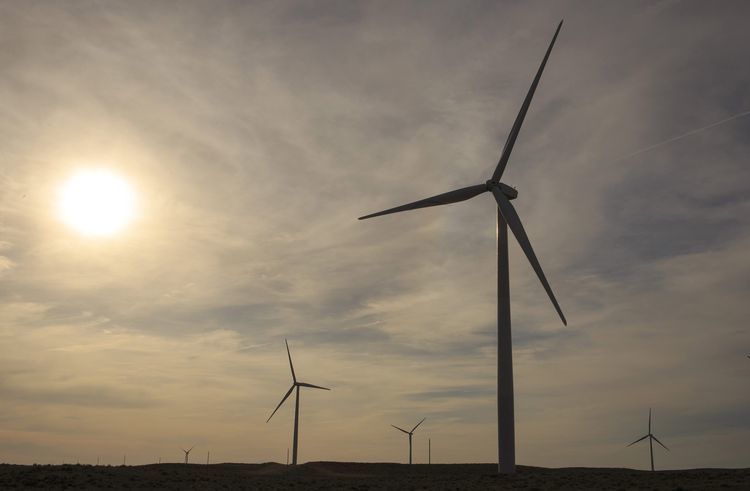
The European Union could cost-effectively double the amount of renewables in its energy mix by 2030, according to a new report from the International Renewable Energy Agency (IRENA).
The analysis – “Renewable energy prospects for the European Union” – suggests 34% of generated power for member states could be produced within that time frame, up from 17% in 2015.
If achieved, the target would take it past the European Council’s aim of 27% renewable generation by 2030, which may be “conservative”.
It follows news yesterday that a deadline for Scottish offshore wind projects to meet deadlines could spell an end to subsidies for developers.
IRENA states that all EU countries have cost-effective potential to use more clean energy sources which are “vital” as Europe aims to hit decarbonisation targets.
However it adds that the study is not a prediction of expected levels but an analysis of what is possible.
The organisation says areas such as solar PV and offshore wind have become cheaper since the adoption of the 27% target in 2014, while electric vehicles are becoming more commercial
It adds that all options for renewable transport are needed to meet these aims, predicting that most passenger vehicles sold by 2030 could be fully electric or hybrids.
Other findings include that heating and cooling solutions account for over a third of untapped renewable potential.
The document states: “Since the adoption of the 27% target in 2014, much has changed in the energy sector.
“Key renewable technologies such as solar PV and offshore wind have achieved spectacular cost reductions, exceeding expectations both in terms of their speed and extent. As these technologies improve, so does the renewable potential that can be harvested cost-effectively.
“Technological development has also accelerated in end-use sectors; for example, electric vehicles are quickly reaching commercial maturity and could play a key role in the deployment of larger shares of renewables in the EU by 2030, both in the transport and power sectors. Meanwhile, new information and communication technologies are revolutionising the way we design and operate our energy systems.
“ Thanks to these favourable developments, the 27% renewable target agreed in 2014 may be regarded as a conservative objective for the EU.”

